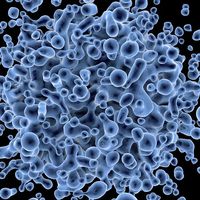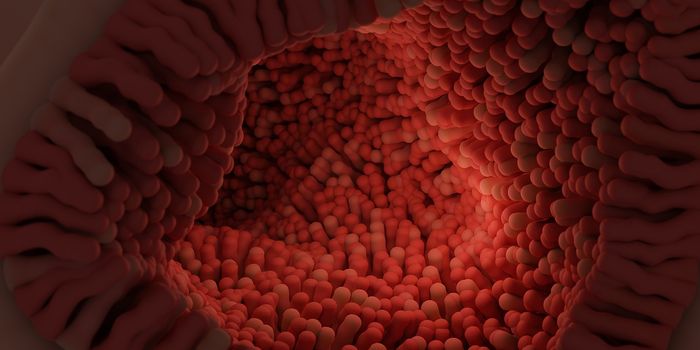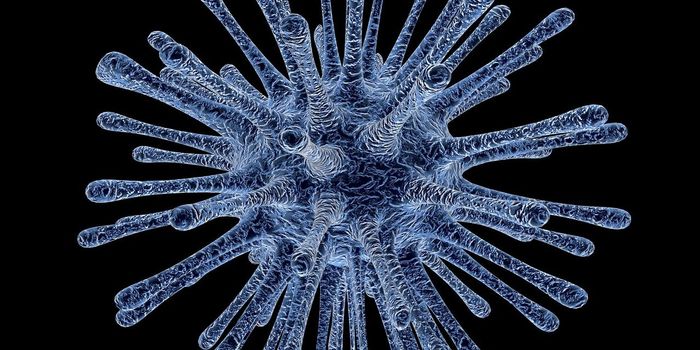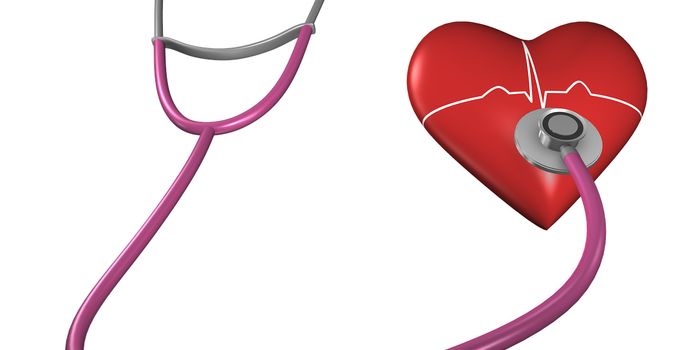Immune Cells 'Eat' Harmful Cholesterol to Combat Health Risk
Diet is a major point of focus many reasons. Not only can it affect your weight, but it can also affect your immune health. Consequently, diet can regulate potential risk of life-debilitating diseases over an extended period. Our bodies compensate for different food consumptions through fat storage. However, too much saturated fat or trans fat can lead to unhealthy cholesterol levels in the body. Cholesterol is synthesized by the liver and aids in the generation of cell membranes, hormone production, and vitamin D.
The liver makes all the cholesterol your body needs, but excess cholesterol comes from the food we eat. Two types of cholesterols include low density lipoprotein (LDL) cholesterol and high-density lipoprotein (HDL). LDL is commonly known as the ‘bad’ cholesterol which increases risk of cardiovascular disease. Saturated fats that increase LDL include red meat, fried foods, and baked goods. HDL is known as ‘good’ cholesterol, which absorbs cholesterol in the blood to return it to the liver. The liver excretes this excess cholesterol and clears the circulatory system to prevent clogged arteries. Increased HDL levels have the opposite effects relative to LDL and reduce heart disease and stroke. Foods that increase HDL include nuts, antioxidant-rich foods, avocados, fatty fish, and olive oil. However, the process by which the liver excretes the excess cholesterol from the blood is unclear. Scientists are currently working to better understand this cleansing mechanism and improve patient health.
A recent article published in Nature Cardiovascular Research, by Dr. Stephen Malin, and others demonstrated that immune cells ‘eat’ excess cholesterol to rid the body of LDL. Malin, group leader of a team of scientists at the Karolinska Institute, focuses on lipoproteins and the immune system. His team’s current work investigates how different tissues respond to LDL. Therefore, the group increased cholesterol levels in the blood of different mouse models to measure exposure and immune response. As a result, the liver was an organ that responded immediately to the high levels of cholesterol which removed LDL from the blood. Interestingly, immune cells known as Kupffer cells were the ones ‘eating’ or eliminating the excess cholesterol. Kupffer cells are responsible for foreign pathogens and ‘eating’ or absorbing them and breaking the invaders down. Researchers were first surprised to see these immune cells respond to cholesterol levels compared to liver cells, but further investigation identified that these cells excrete factors to combat the hardening of plaque in the arteries. Therefore, these cells are critical in the early stages of cardiovascular disease and can be targeted for therapeutic treatment.
The team noted that the liver was the first to respond to excess cholesterol, but more importantly, that immune cells play a critical role in regulating cholesterol levels. These findings were also conserved in human tissues noting their relevance in the clinic. Additionally, it suggests that more than one cell and tissue may be responsible for the build-up of plaque in arteries also known as atherosclerosis. In the future, authors hope to understand how tissues and immune cells work together to manage high cholesterol levels in the blood. By understanding the inter-connected communication system between cells and tissues in response to high cholesterol levels, scientists can better control, manage, and prevent cardiovascular and liver diseases.
Article, Nature Cardiovascular Research, Stephen Malin, Karolinska Institute








